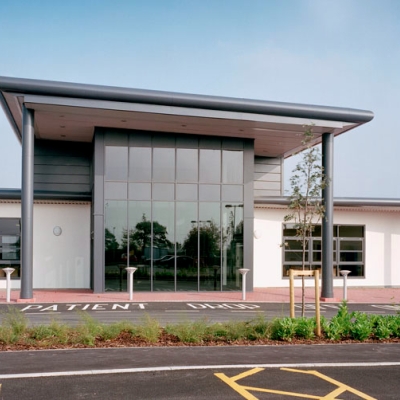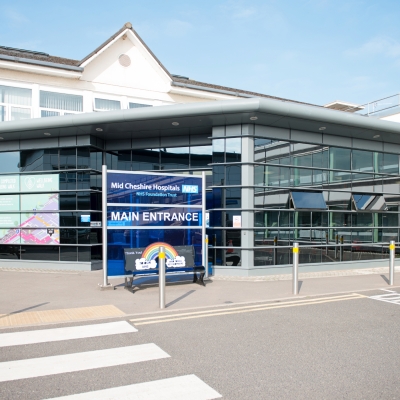If the hospital are concerned with a finding within the bowel they may need to do more tests for a definitive diagnosis.
You may have one or more of the following tests:
-
CT scan
-
MRI scan
-
Ultrasound scan
-
PET-CT scan
-
Flexible Sigmoidoscopy
-
Colonoscopy
-
CT Colonoscopy
CT scan
A CT (computerised tomography) scan shows the size of the cancer and whether it has spread to other parts of the body. It uses x-rays to produce 3D pictures of the inside of the body.
The scanning department will give you instructions on how to prepare for your scan. These are normally explained in your appointment letter.
You won’t be able to eat or drink for a few hours before the scan. The radiographer will give you a drink or injection of a dye that makes the scan pictures clearer. Once you are in position you will need to keep as still as possible.
The scan takes between ten and 30 minutes and is painless. Most people are able to go home soon after the scan and you can eat and drink normally.
MRI scan
An MRI (magnetic resonance imaging) scan uses strong magnetic and radio waves to build up a picture of the inside of your body. It can give more detailed pictures than a CT scan.
You will have an MRI scan to study the rectum. The results will show whether all of the cancer can be removed with surgery or whether you need to have radiotherapy first.
You won’t be able to have an MRI scan if you have a heart monitor, pacemaker or some types of surgical clips. This is because they contain metal and will be affected by the magnets in the scanner.
The scanning department will tell you if you need to do anything to prepare for the scan. They may ask you not to eat or drink before the scan.
You may have an injection of dye into your arm to improve the image during the test. You will lie on the scanning table, which will pass into the scanner. The machine is very noisy and close to your body. Tell your radiographer if you don’t like closed-in spaces. They can give you ear plugs or headphones and an eye mask to wear. You will be able to speak to the radiographer through an intercom during the scan, which can take up to 45 minutes.
You should be able to go home soon after the scan.
PET-CT scan
If there is a concern cancer has spread to your liver or lungs, you may have a PET-CT scan. This uses a PET (positron emission tomography) scan and a CT scan together. It gives more detailed pictures of the body than a CT scan alone. A PET scan uses a low dose of radiation to take pictures of the whole body.
You may have a PET-CT scan if the results of other scans aren’t clear or if the cancer has spread to your liver or lungs. Doctors sometimes use PET-CT scans if there are signs that bowel cancer has come back after treatment.
Usually, you will not be able to eat for six hours before the scan but you will be able to drink water. Your appointment letter will tell you how to prepare for your scan.
At the hospital, you will have an injection of a mildly radioactive drug. You will need to wait for about an hour while the drug spreads throughout your body. You will then have your scan, which will take between 30 minutes and an hour. You will be able to go home straight after the scan.
Flexible sigmoidoscopy
Flexible sigmoidoscopy looks inside the rectum (back passage) and the lower part of the large bowel (sigmoid colon). This is where the majority of polyps (non-cancerous growths) and bowel cancers start. During this procedure, if the doctor or nurse sees anything that needs further investigation, samples (biopsies) can be taken for examination in the laboratory.
Colonoscopy
A colonoscopy is an examination to look at the lining of your whole large bowel, to see if there are polyps or a cancer within any part of it. A long flexible tube with a bright light and a tiny camera on the end is inserted through your back passage and enables the doctor or nurse to get a clear view of the bowel lining. During the test, if the doctor sees anything that needs further investigation, photographs and samples (biopsies) can be taken. Simple polyps can be removed during a colonoscopy.
Virtual colonoscopy
Virtual colonoscopy (also known as CT colonography) involves using a CT scanner to produce two and three dimensional images of the large bowel and rectum. This can be used for patients who are not suitable for regular colonoscopy due to other medical reasons.
It is sensitive enough to detect shape changes such as polyps within the bowel. However, it can’t easily detect flat areas of inflammation or change in the lining of the bowel, take samples or remove polyps in the same way as flexible sigmoidoscopy or colonoscopy, so you may still need to have this too.
During the procedure, gas is used to inflate the bowel via a thin flexible tube placed in your back passage. CT scans are then performed with you lying on your back, and then on your front, to enable the doctors to get a clear set of scans of your bowel. You will be asked to hold your breath for approximately 20 seconds in both positions.
Information retrieved from Bowel Cancer UK. 2020

